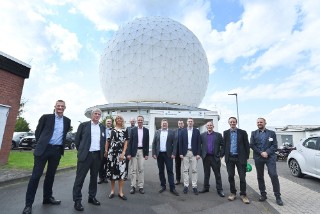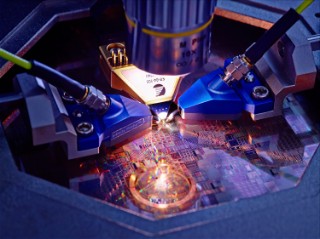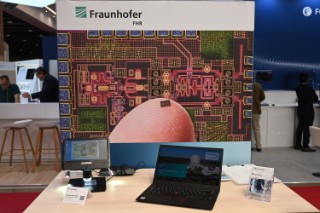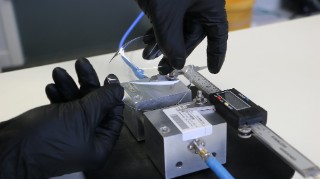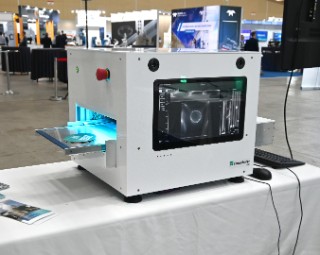Remote sensing with satellite mega-constellations / 2025
Avalanche Detection Using Passive Radar
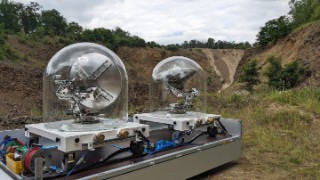
In winter, avalanches pose the biggest danger in mountains. Avalanche monitoring is therefore of critical importance to ensure the safety of people and infrastructure. Researchers at the Fraunhofer Institute for High Frequency Physics and Radar Techniques FHR are breaking new ground in avalanche detection. Passive radar — which uses signals from the new Starlink and One-Web satellite mega-constellations — enables them to detect whether avalanches have actually been triggered after controlled detonations, even in remote regions without terrestrial infrastructure. In a feasibility study, the researchers proved that satellite mega-constellations are suitable for avalanche detection.
more info
